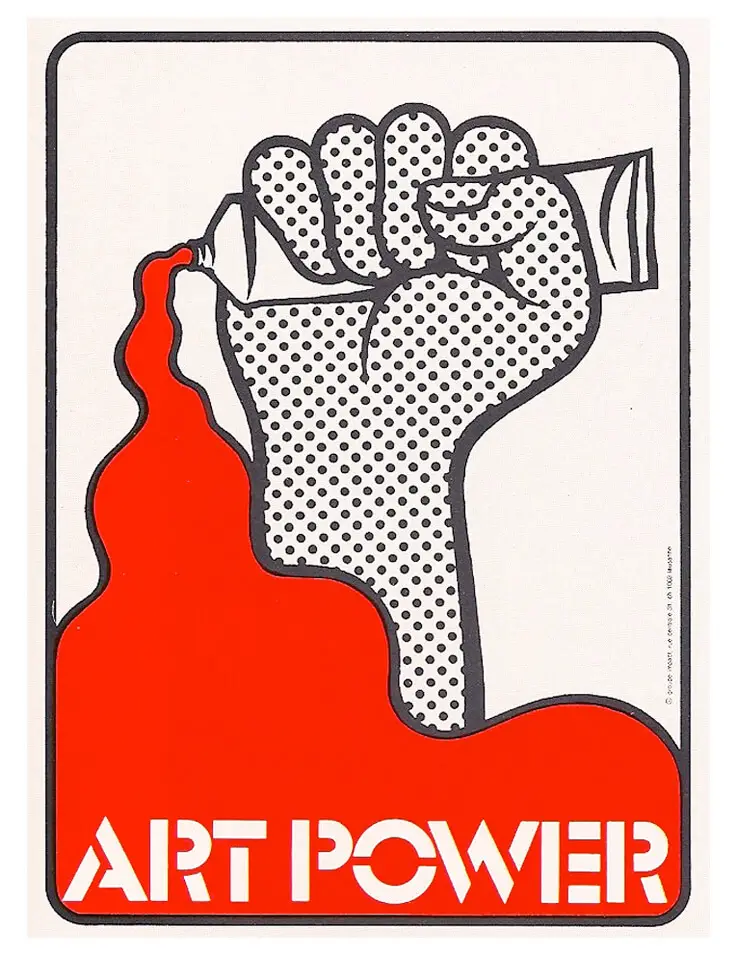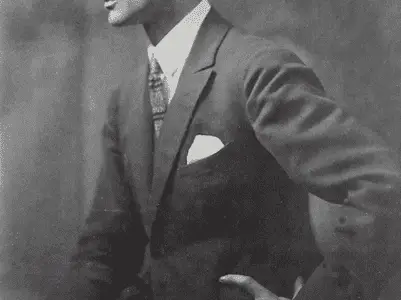Mastering Gouache: Essential Techniques
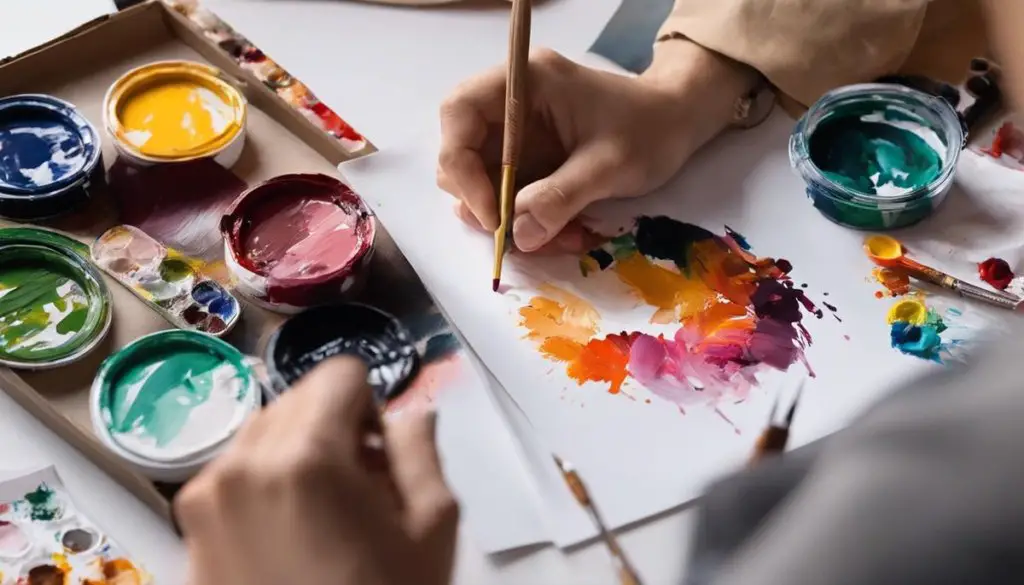
Embarking on a journey through the rich and vibrant world of gouache painting offers an exploration into a medium that marries the fluid transparency of watercolour with the robust opaqueness of acrylics. At its core, gouache is celebrated for its distinctive matte finish and unparalleled pigment density, standing apart from its artistic counterparts. Venturing into the fundamentals of gouache, we shall uncover its unique composition and distinctive characteristics, shedding light on how these elements influence the creative process and pave the way for the mastery of myriad techniques. With this knowledge as a foundation, one is well-equipped to delve into the realm of gouache, harnessing its potential to craft striking and evocative works of art.
Understanding Gouache
Unveiling the Vibrant Versatility of Gouache in the Artistic Palette
In the kaleidoscopic world of art, each medium brings its unique whisper of creativity to the canvas. And amidst this colourful symphony sits gouache – the unsung hero of the paint family, often overshadowed by its cousins, watercolour and acrylic. But what exactly is gouache, and how does it set itself apart in an artist’s toolkit? Let’s delve into the essence of this medium and unveil its distinctive characteristics.
At its core, gouache (pronounced ‘gwash’) is an opaque watercolour paint that converges the fluidity of watercolours with the opacity of acrylics. It is this mesmerising intersection of qualities that grants gouache a revered place in the hearts of artists and art connoisseurs alike.
The composition of gouache is intriguing – a harmonious blend of finely ground pigment, water, a binding agent (usually gum arabic), and, often, additional inert white material such as chalk. This combination imbues gouache with its trademark velvety matte finish, which photographs exceptionally well due to the lack of reflective shine.
How does gouache distinguish itself from its kin in the paint family? Consider watercolour, celebrated for its transparency and luminosity. Gouache takes a divergent path, presenting artists with the ability to layer light colours over dark without the base layer bleeding through. This quality opens up a world of possibilities for reworking areas and refining details. Unlike watercolour, gouache’s opacity allows for a more forgiving process, where changes and adjustments can be seamlessly blended into the masterpiece.
Conversely, acrylic paint is loved for its thick, plastic-like consistency and quick-drying properties. Gouache, however, retains the ability to be reactivated with water even after it dries, enabling an artist to revisit and revise parts of their painting. It’s an attribute that echoes the editability of digital art in a tangible form – a trait highly prized in the iterative process of creation.
The application technique for gouache is also distinct. While both acrylic and oil paints often favour a textured approach, gouache is usually applied in a more consistent, smooth fashion, resulting in an even surface that exudes uniformity and elegance.
Artists gravitate towards gouache for its unrivalled pigment density that results in colours that are rich and vibrant. When used in illustrations, gouache helps designs pop, bringing a dynamic, eye-catching quality to the artwork that is challenging to replicate with other mediums.
In practice, gouache can be thinned with water for a translucent wash, or applied opaquely. It dries quickly, a factor that fuels spontaneous creativity and lends itself to a fast-paced artistic process. Moreover, gouache works well on a variety of surfaces including watercolour paper, bristol board, and illustration board.
The dance between light and colour play is elemental in art, and gouache performs this ballet with grace and flexibility. Its multipurpose nature makes it equally beloved in fine art as in commercial work, ranging from picture books to fashion design.
In sum, the world of gouache is one of boundless potential – a place where opacity and lightness waltz in harmony. The expressive power of gouache lies in its ability to morph from bold and daring to subtle and delicate with a mere whisper of water. It is this chameleon-like adaptability that marks gouache as an indispensable gem in the treasure chest of artistic mediums.

Preparation and Materials
Embarking on the splendid journey of gouache painting requires an artist to gather an assortment of essential materials that will serve as the companions to their creativity. This curated selection ensures that the distinctive qualities of gouache are harnessed to their fullest potential, bringing forth masterpieces that speak volumes of the artist’s vision.
Quality Gouache Paints
Procure a set of professional-grade gouache paints, which are fundamental in the creation of art pieces that boast depth and intensity. While beginners may opt for student-grade paints to start with, the richness offered by high-quality paints is incomparable.
A Palette for Mixing
A smooth, non-porous palette becomes the artist’s laboratory, where shades are birthed and emotions are translated into hues. Whether it’s a traditional wooden palette or a sleek, modern white plastic one, ensure it offers ample space for mixing and creating custom colours.
Paper That Can Take the Weight
Gouache is often laid down in thick, luxurious strokes, which necessitates a robust substrate. Watercolour paper with a high GSM (grams per square meter) rating or mixed media paper provides an excellent foundation that can absorb the moisture without buckling.
Brushes That Tell a Tale
A selection of brushes is key to articulating the versatility of gouache. Flat, round, and pointed brushes, each constructed with synthetic or natural bristles, endow the artist with the power to explore varied brush strokes and textures.
Water Containers and a Mister
Clean water is crucial for both mixing gouache and cleaning brushes between colours. Moreover, a spray bottle can be invaluable in keeping the paints moist and workable, especially given gouache’s propensity to dry quickly.
A Trusty Rag or Paper Towels
Efficient blotting tools are indispensable for controlling the moisture level on the brush and for swiftly correcting any overeager strokes or splashes.
Sketchbook or Journal
Valuable for rehearsal, a sketchbook serves as the arena where ideas can pirouette freely before the final performance on the canvas begins.
Masking Tape and Cutting Tools
Gouache allows for the creation of sharp edges and clean lines. Quality masking tape and knives assist in achieving those precise boundaries, crucial for capturing the exactiness necessary in certain styles and compositions.
Finally, the most vital ingredient in a gouache artist’s toolkit is patience – an understanding that each stroke is a step in the dance of creation. What infuses life into the materials is the symbiosis between the artist’s intent and the inherent qualities of gouache paint. Regardless of what’s being fashioned—a dreamy landscape, a vibrant portrait, or an abstract explosion of feeling—the right materials facilitate a seamless translation of imagination onto the tangible plane. Happy painting!
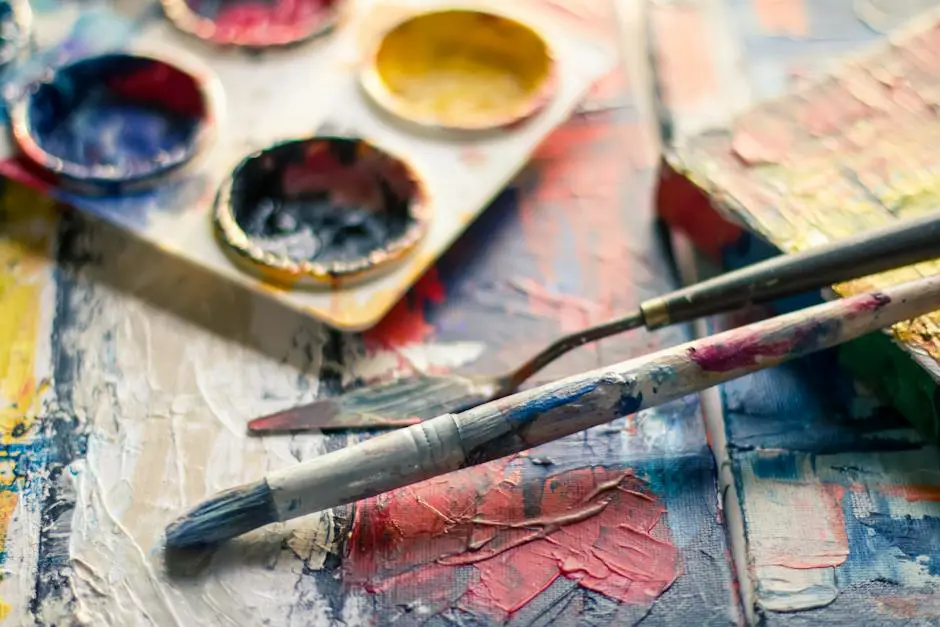
Layering and Coverage
Mastering the Art of Layering with Gouache
Delving deeper into the artistry of gouache, one must conquer the essential skill of layering. This medium thrives on the painter’s ability to build opacity through strategic application. To achieve the perfect consistency, begin with the lightest shades and gradually apply darker tones. It bears highlighting that patience is your steadfast ally; allowing each layer to thoroughly dry prevents unwanted mixing and maintains the vibrance of your colours.
When considering coverage, the ratio of paint to water is pivotal. For solid blocks of colour, a creamier consistency akin to double cream is ideal. Just enough water to aid the brush in gliding across the surface suffices. Conversely, for a washy effect, akin to the translucency of watercolours, more water may be introduced. Manipulating this balance empowers artists to transition smoothly between delicate gradations and bold statements.
Precision in layering also relies upon the brushwork. Flat brushes excel in sweeping applications of colour, while round brushes invite detail and fine lines. Using the brush at an angle as opposed to perpendicular to the paper can play into the width of the stroke, granting further control.
Be mindful of coverage. Denser applications may necessitate a bit more patience but reward with striking uniformity. Should the intention include letting the paper’s whiteness peek through, one must tread lightly with the brush, lest the lightness is drowned in pigment.
Another instrument in the artist’s symphony of layering is the dry brushing technique. With just a whisper of paint on the brush, one can achieve a textured finish that breathes life into a seemingly flat surface. It’s perfectly suitable for adding a touch of weathering or the illusion of a surface kissed by the elements.
The aspect of corrections and adjustments is inevitably bound to surface. A slightly damp brush can lift unwanted paint or soften an edge that feels too harsh. This malleability is what gives gouache its charm; the dialogue between artist and medium remains open, facilitating changes throughout the creative process.
As the layers accumulate, the painting gains depth, much like a conversation growing richer with each exchange. The final layers are where decisions become definitive, culminating in the details that will catch and hold the viewer’s gaze. During these later stages, using minimal water will bestow your pieces with the neatness and precision akin to the sharpest wit.
Engage with your work. Let each brushstroke be pronounced and deliberate. Do not merely paint, but converse with your canvas. Let the ebbs and flows of pigment echo your creative voice, and in doing so, the mastery of layering and coverage with gouache will not just be an objective, but an intimate part of your artistic narrative.
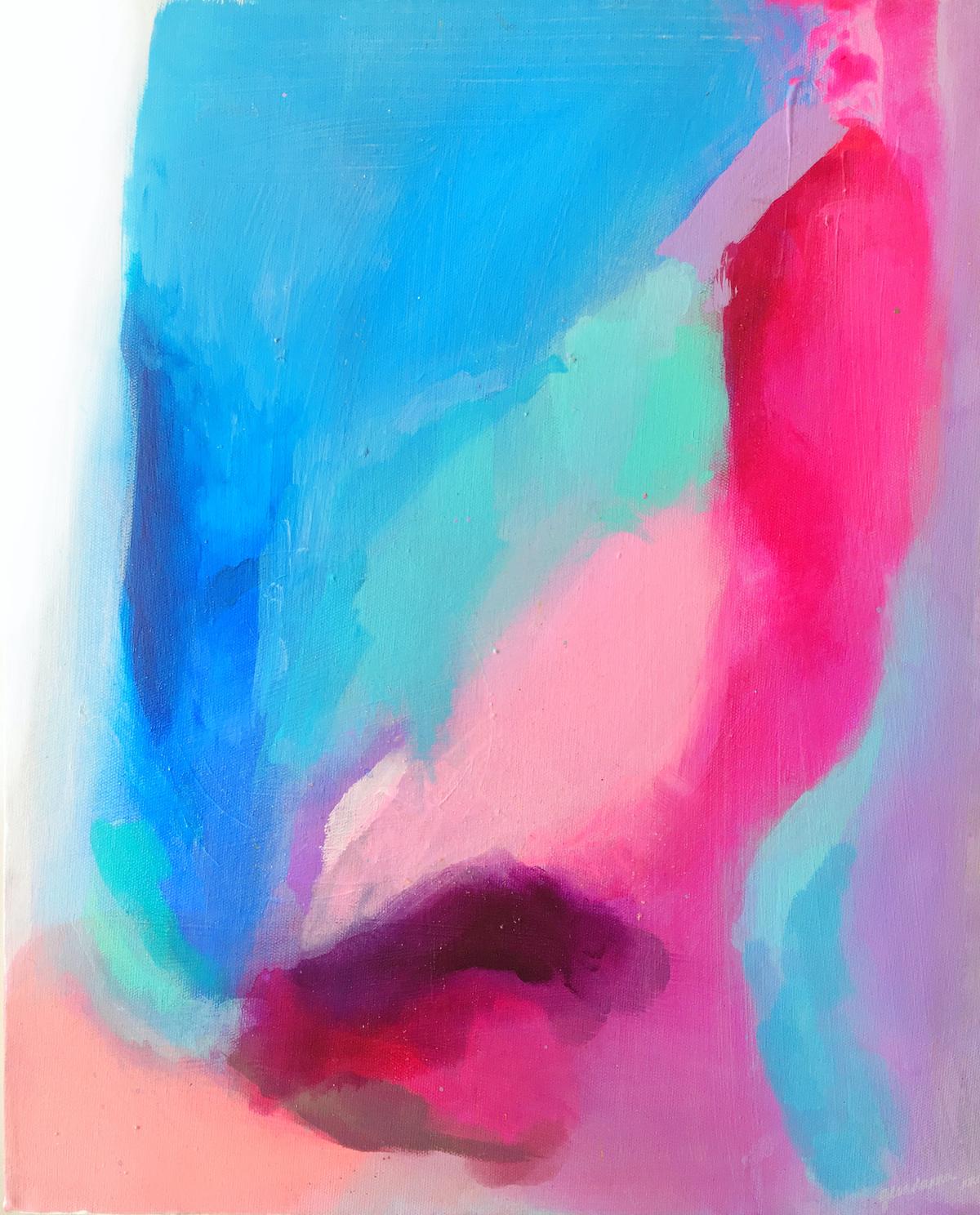
Photo by geordannatheartist on Unsplash
Blending and Texturing
As we delve into the realm of gouache, it becomes clear that blending and texturing are integral to unlocking the medium’s full potential. Blending is a dance, a gentle merging of tones and hues that can enliven a piece with soft gradients or subtle shifts in colour. For gouache artists, mastering this technique opens up an avenue for delicate transitions and surreal combinations that speak the language of dreams.
One effective method for blending with gouache is the ‘wet into wet’ technique. This involves working with a moist surface, where one applies fresh paint to a previously laid down layer of wet paint. It’s a bit like coaxing different flavours to meld in a culinary concoction; the colours mix on the paper, creating a seamless blend. For a smooth gradient, it is advised to start with a lighter wash and gradually introduce darker elements, maintaining control and balance to achieve the desired effect.
Conversely, texturing in gouache is akin to adding spices to a meal, introducing complexity and depth. There are numerous ways to impart texture, from utilising materials such as salt or rice, which absorb the moisture and leave behind interesting patterns, to experimenting with different strokes and brush pressures.
A stippling technique can infuse a piece with a rich, tactile quality. By dotting the paint with the tip of the brush, one can create a granulated texture that resonates with energy and vibrancy. Alternatively, sgraffito, the act of scratching into the top layer of paint to reveal the underpainting, offers a method to incorporate clean lines and dramatic contrasts.
Layering is a multifaceted affair when it comes to textures with gouache. Thin, semi-opaque layers on top of one another can create a sense of depth while allowing for the underlayers to subtly inform the overall tone of the texture. If a more pronounced effect is sought after, the use of heavier paint with minimal water can yield rich impasto surfaces that catch light and shadow, giving a three-dimensional effect to the piece.
In the pursuit of unearthing texture, the paper’s own surface quality should not be overlooked. Cold-pressed or rough watercolour paper can impart an inherent texture due to its uneven surface, which interacts with the gouache in delightful ways.
To add finer details and subtle texturing, a technique called ‘dry brush’ is efficacious. A brush with minimal paint, void of water, is lightly dragged across the surface, with the bristles catching on the texture of the paper, leaving a broken, scattered imprint that can mimic a myriad of natural elements like the roughness of tree bark or the delicacy of hair.
Sponging, yet another fascinating method, imbues the canvas with a mottled, organic texture. By dabbing a natural or artificial sponge into paint and then gently applying it to the paper, the resultant effect can mimic the randomness of nature, from foliage to the stippling on an animal’s coat.
Ultimately, the convergence of blending and texturing with gouache is a testament to the medium’s unmatched versatility. In wielding these techniques, artists transcend mere paint application, transforming their canvas into a symphony of sight, where each brushstroke plays a note, and every texture sings a verse from the heart of their creative spirit.

Colour Mixing
Achieving the Right Colours and Tones in Gouache: A Dance of Hue and Substance
When a whirlwind of creativity meets the swirling texture of gouache, a symphony of hues emerges from the chaos. To harmonise this symphony, one must discern the subtleties of colour mixing, unearthing the secrets to transcendent tones and compelling contrasts.
Understanding the Colour Wheel and Its Wonders
Embark on the perpetual exploration of the colour wheel. Stand before its arc of possibility and witness the primary colours beckon, inviting the intrepid artist to delve into uncharted territories of secondary and tertiary shades. The intimate knowledge of complimentary colours, analogous harmonies, and triadic schemes empowers artists to weave a visual tapestry that entrances the beholder.
Mastering the Medium’s Mixability
Call forth the coveted characteristic of gouache—its blendable nature. While every stroke may sing with a vivid burst of pigment, a whisper of water transforms the note. Experience the seamless melding of colours on the palette, and observe the gentle gradations achieve a subtle transition. Consider the blending of neighbouring colours on paper to create a visual narrative that flows like a tranquil stream, as each hue softly relinquishes its boundaries.
Curating a Custom Colour Palette
Step beyond the pre-mixed tubes; unleash the power of custom shades. An artist’s palette becomes an alchemist’s crucible, experimenting with the measured mix of primary hues, testifying to the transformative power within each droplet of pigment. The addition of white or mixing greys tempers the vibrancy of gouache, opening a realm where muted tones and desaturated shades take precedence, evoking emotion through understatement.
Harnessing the Power of Light and Shadow
To sculpt the illusion of depth and form, one must embrace the dance of light and shadow. The strategic use of highlights and darkness crafts a visual hierarchy on the canvas. Lighter values kiss the apex of surfaces, conveying volume, while shadows lurk in recesses, whispering secrets of dimensionality. Tonal variations differentiate the flat from the faceted, whispering stories of texture, space, and form.
Incorporating White and Darkness with Intent
The discerning use of pure white heightens luminosity, instilling a sense of brilliance where it is applied. An understanding of gouache’s opaqueness offers a pathway to reclaim the light, even in the midst of a saturated scene. Conversely, the deft application of dark tones adds gravitas and anchors the composition, counterbalancing the weight of the celestial.
Protecting Colour Purity and Avoiding Muddiness
Preventing the desecration of purity in colours stands paramount in gouache artistry. Clean brushes, vigilant water change, and separate mixing areas shield the vibrant progeny of your palette from the sullied descent into muddiness. The artist’s vigilance preserves the inherent luminescence of each hue, ensuring that the integrity of the colour narrative remains unsullied.
The Tao of Gouache: A Union of Artist and Medium
Ultimately, the artist’s communion with gouache hinges upon a delicate ballet of colour theory, technique, and instinctive flair. It is here, at the confluence of knowledge and intuition, that transcendent artwork is birthed. One’s art flows not merely from the hand, but from the alignment of heart, mind, and the myriad properties of gouache. Each painting, a chapter in an evolving anthology, reveals the symbiotic voyage of artist and medium—a pursuit ever bound to the kaleidoscope of colour.
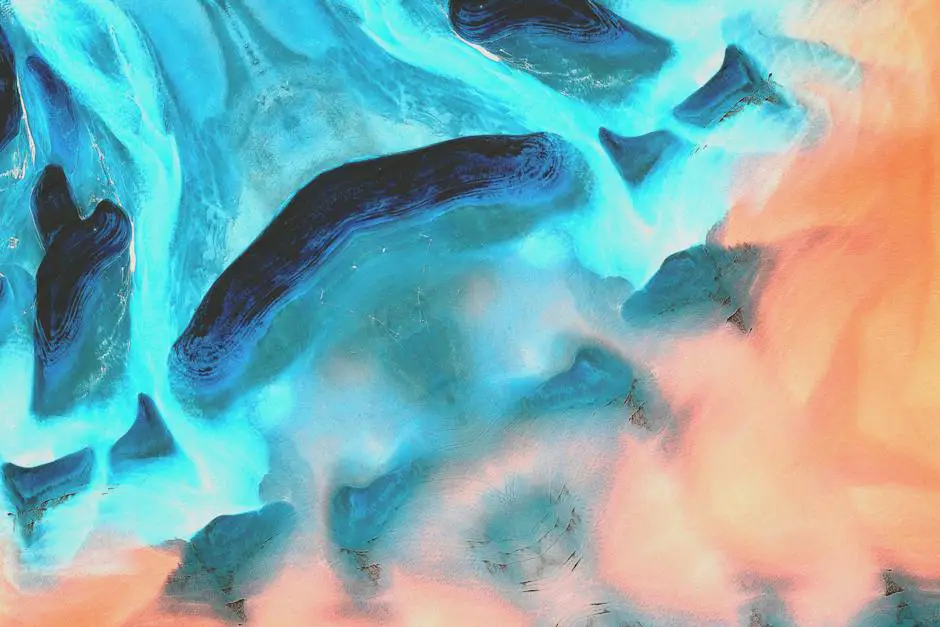
Finishing and Presentation
Once an artist is content with the delicate dance of colours and textures on the canvas, the journey of a gouache painting moves towards its final act: finishing and presenting. Arguably, what happens in these concluding stages can transform a stunning piece into an enduring work of art, etching its mark into the viewer’s world.
Sealing the Hue Tapestry: Varnishing with Care
A common query that brushes the minds of many gouache artists is whether to varnish their work. Gouache, by nature, doesn’t gleam with a sheen like oils; its charm lies in its velvety matte finish. Varnishing, although not traditional for gouache, can offer protection from dust and UV rays. If one opts for this protective layer, using a matte spray varnish made explicitly for water-based media preserves the painting’s original look while endowing it with a shield against the elements.
Mounting Majesty: The Art of Framing Gouache Works
Framing leaps beyond mere aesthetics; it is a guardian of the painted narrative. As gouache is inclined to react with moisture, framing under glass is paramount. However, ensure there is a barrier, like a mount or spacer, to prevent the painting from touching the glass. This not only showcases the piece but also secures it from any condensation that could cause the pigments to run or the paper to buckle.
The Exhibition Space: Lighting and Ambiance
Even the most captivating gouache painting depends on its surroundings to truly sing. Soft, diffused lighting can accentuate the softness of gouache, allowing the colors to stand out without the harshness that can come from direct illumination. Consider the ambiance when displaying artwork; indirect natural light can be kind to gouache, but beware the detriment of prolonged exposure to sunlight, which may fade the pigments over time.
Archival Practices: Preserving for Posterity
In the same breath as presentation, one must address preservation. The use of archival materials is non-negotiable for the longevity of a gouache piece. Acidity is an artwork’s foe; thus, choosing acid-free mounts, backboards, and even tapes ties in with the commitment to maintain the work’s vibrancy and structural integrity. Educate potential collectors on the care for gouache to ensure the piece remains timeless.
Digital Showcasing: Reproduction and Representation Online
In the digital age, art finds a second home in the virtual galleries of the internet. Reproducing a gouache painting with high-resolution scanning or professional photography can offer an alternative way to enjoy and share the work. It is critical to capture the nuances of the gouache medium—its matte surface, the subtlety of layers, the textures—so the digital representation does justice to the original.
Interactive Storytelling: Sharing the Creative Voyage
Moreover, sharing the progression of the piece from conception to completion engages an audience and creates an emotional investment in the artwork. Digital platforms can provide a stage for this narrative, inviting art enthusiasts to partake in the journey that each stroke and hue has traversed.
Moving beyond the finite edges of the paper, a completed gouache painting’s life is invigorated through conscientious finishing and presentation efforts. Each step, from varnishing to framing, from lighting to online display, is a harmonious chord in the symphony of artistry. Bridging the tangible with the intangible, these practices ensure that the essence of the artist’s vision is not only preserved but also celebrated in its full, vivid splendor.

Mastering the art of gouache painting is akin to learning a dance, where patience, practice, and a keen eye for detail lead to a harmonious finale. Our exploration of this versatile medium has charted a course through the careful preparation of materials, the intricate balance of layering, the subtle nuances of blending, and the bold frontier of colour theory. As we part ways with our brushes and palettes, the techniques we have woven into our artistic tapestry enable us to elevate our craft and capture the imagination with every stroke. May the vitality of gouache continue to inspire your artistic journey, as you impart your vision upon the world with each hue and each deftly executed detail.
Recommend0 recommendationsPublished in Art Tips




